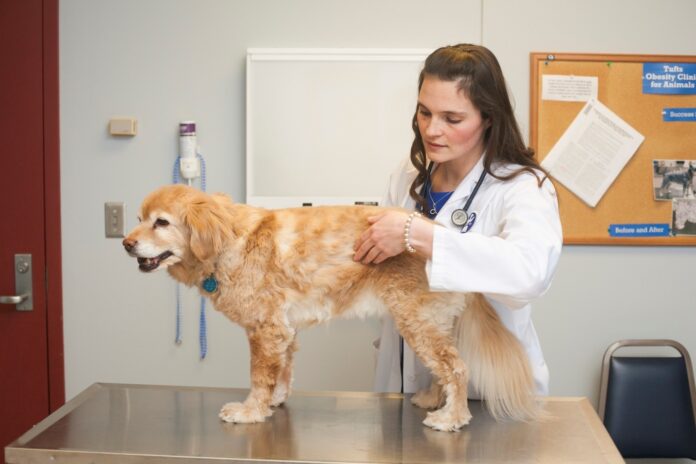Understanding Pet Obesity: A Growing Concern in the U.S.
Did you know that over half of pets in the United States are classified as overweight? This alarming statistic raises important concerns, as excess weight in pets can lead to a host of medical issues, including arthritis and reduced lifespan. Understanding how to determine whether your dog or cat is at a healthy weight is crucial for their well-being. Here’s a comprehensive guide to help you assess your pet’s weight effectively.
How to Determine if Your Pet Is at a Healthy Weight
Step 1: Perform the Feel Test
The first step in evaluating your pet’s weight involves a tactile examination. Gently run the flat of your palms along the sides of your pet’s chest. You should easily be able to feel your pet’s ribs. If you cannot feel the ribs or if there is considerable padding, your pet may be overweight.
Step 2: Look for the Abdominal Tuck
For short-haired pets, you should look for a distinct abdominal tuck when viewing your pet from the side. This refers to the absence of a belly hanging beyond the rib cage. Additionally, when viewed from above, your pet should exhibit a noticeable “waist” behind the ribcage. In long-haired animals, assessing this feature may be more difficult, but it can be made easier by clipping or wetting the coat.
Visual Resources: Helpful Video and Charts
To better understand these visual checks, we recommend watching the accompanying video that demonstrates these steps in action. Additionally, the World Small Animal Veterinary Association offers charts that are useful for determining your pet’s body condition. Checking these resources can provide clarity and confidence in your assessments.
Another Quick Test: The Hand Comparison
If you’re still uncertain about your pet’s weight, you can use a simple hand comparison test. Extend your hand with the palm facing down and fingers straight. Then, gently run your other hand over your knuckles. This is approximately how padded your pet’s ribcage should feel. Next, flip your hand over so your palm is facing up and repeat the process. If your pet’s ribs feel more like your palm than your knuckles, it indicates that your pet may be overweight.
Conclusion: Prioritize Your Pet’s Health
Monitoring your pet’s weight is essential for ensuring their long-term health and happiness. By following the steps outlined above, you can take proactive measures to keep your furry friend fit and well. Regular veterinary check-ups and a balanced diet play key roles in preventing obesity-related health issues. Make pet care a priority, and enjoy many healthy years with your beloved companion!











